A dip in enrollment in some graduate and professional programs may portend changes, such as new offerings to be added to those programs. Meanwhile, faculty will gain a greater voice and more diversity, and the College of Communication will gain more faculty and improved facilities, reflecting its growing centrality to BU’s mission.
These and other announcements come in a recent State of the University letter to BU faculty and staff from President Robert A. Brown. Sent little more than two weeks before Commencement, the letter highlights “matters that are important to us” before summer scatters the campus community for three months, Brown writes.
The president’s message highlights the increasing selectivity of the incoming undergraduate class (34 percent of applicants to the Class of 2018 were accepted, a record low) and an explosion in applicants to several schools, notably the School of Management (up 88 percent since 2010) and the College of Engineering (up 95 percent).
It also reports that a drop of 3 percent in graduate and professional enrollments this fall compared to last fall—and a drop of 4 percent since fiscal year 2012—reflects “the headwinds of competition for prospective students and the erosion in the perceived value of some professional degrees in the workplace.”
“Because we are a tuition dependent university,” Brown writes, “the budgetary implications of decreased enrollments for several of our schools and colleges are significant. In order to reverse this trend, I believe we need to reenvision existing professional master’s programs and create new ones that clearly offer tangible value to students.”
Provost Jean Morrison says that while the University has not yet determined specific changes, “enhancing our enrollments in graduate and professional programs is a high priority. We’ll be working closely with the schools and colleges to enable the creation of new and innovative programs that will have the capacity to expand our base of graduate students.”
Another change, involving faculty governance, will see membership on the University Council, now split evenly between faculty and administrators, weighted with a faculty majority. The University Council, which Brown chairs, recommends action on matters of interest to both faculty members and administrators. At the same time, review of administrative policies—for example, changes in employee benefits, access to information technology, and compliance with federal laws and regulations—will shift from the University Council to two other groups, the Administrative Council and the Council of Deans, according to the president.
These changes “will amplify the voice of the faculty in critical academic decision-making, as well as streamline our process for modifying administrative policies,” he writes, allowing the University Council to focus more on the quality of undergraduate education.
Julie Sandell, associate provost for faculty affairs and a School of Medicine professor of anatomy and neurobiology, says the faculty’s enhanced voice might make a difference in an upcoming, first-ever set of general education requirements for undergraduates. The University Council “will play a key role in that discussion,” she says. Recent policies the University Council has handled include “changes to the tenure clock and junior scholar leave for faculty and the intra-university transfer policy for students.”
Brown’s letter also reports the near-completion of an update to BU’s 2007 strategic plan, which he says will pledge “redoubling our efforts to recruit and support underrepresented minority faculty.”
The updated plan’s call for more investment in COM, he writes, recognizes “a revolution in communications as a result of the confluence of emerging technology and new paradigms in content delivery and social networks,” making COM’s programs “more central to the mission of Boston University than at any time in our history.”
COM Dean Thomas Fiedler (COM’71) says it’s “premature to discuss financial investments in faculty or programs,” but that possible collaborations with other BU schools are being discussed. “For example, with only a small investment, we could create an interdisciplinary curriculum on video gaming that could engage students and faculty from COM (script writing), ENG/CAS (computer coding to create the game), CFA (digital graphics and animation), and SED (educational games).”
COM’s PRLab, AdLab, and Hothouse Productions video-producing unit also might be able to help other University programs, he says.
Both undergraduate and graduate applications to COM have burgeoned in recent years, Fiedler says, probably because the young generations swim in technology practically from birth. “The professions that COM serves—film, television, advertising, journalism, public relations, and media stories—rely intrinsically on the very same emerging communication technologies that many young people employ in their daily lives.”
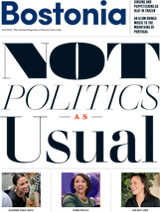

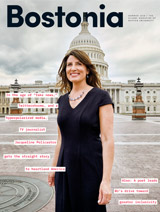
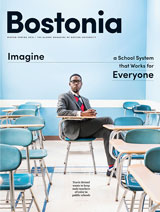






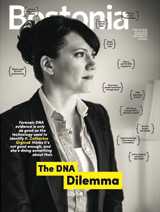
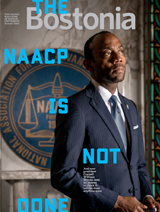


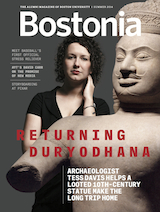
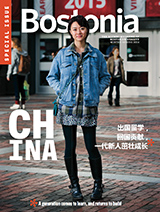




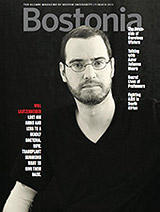


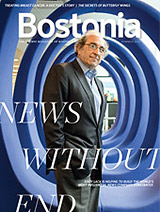
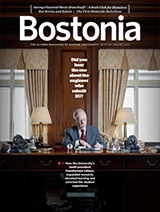





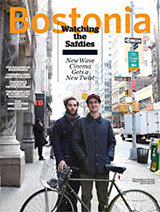









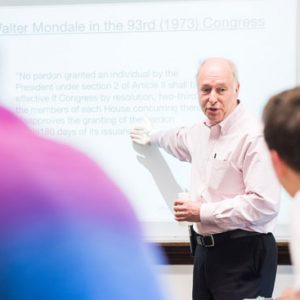

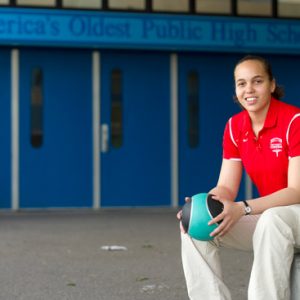

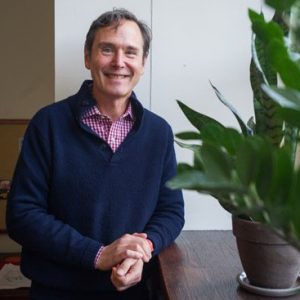
Related Stories
Changes Ahead for the Daily Free Press
BU’s student newspaper will print once a week, redesign website
MET’s Online Programs for Veterans Get Top Grades from U.S. News
Lauds criminal justice, computer information systems, business programs
MET Online Programs Get Top Rankings
U.S. News & World Report singles out three programs as among the best in the nation
Post Your Comment